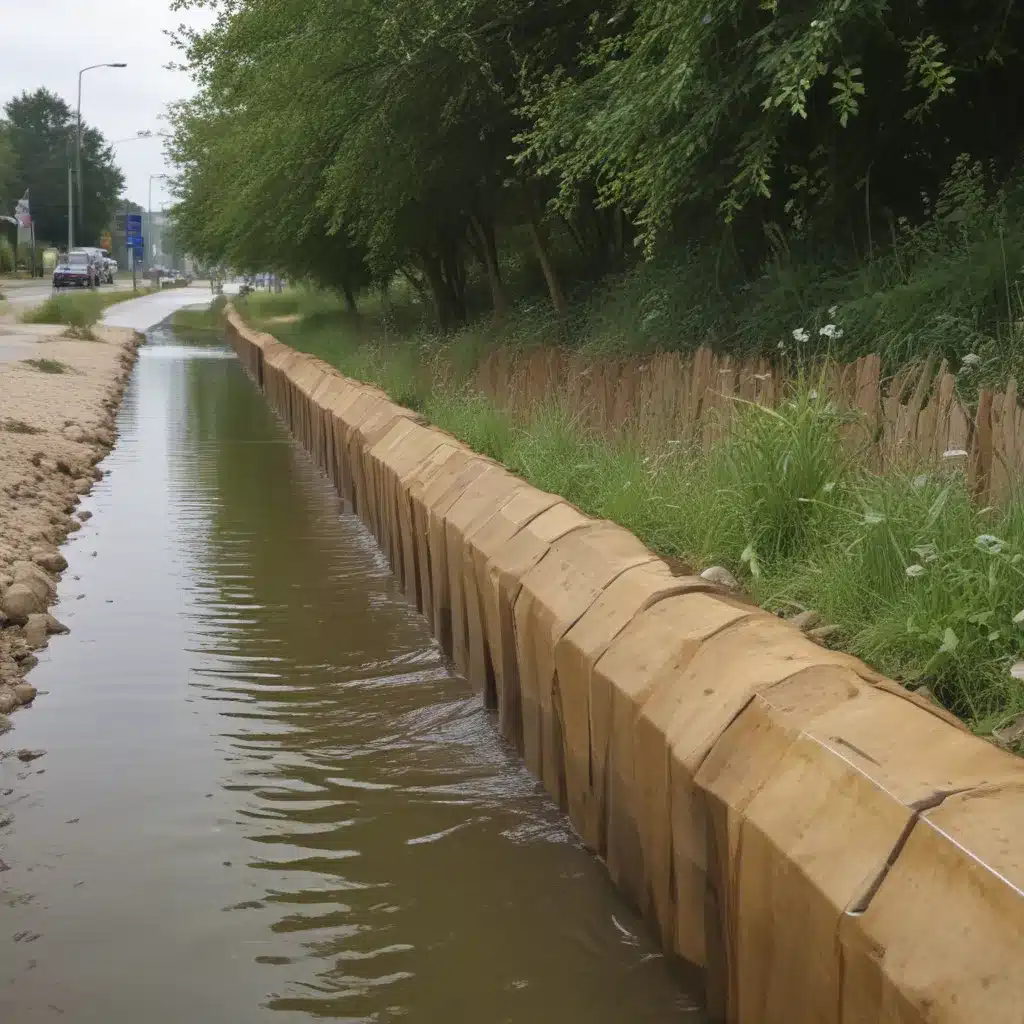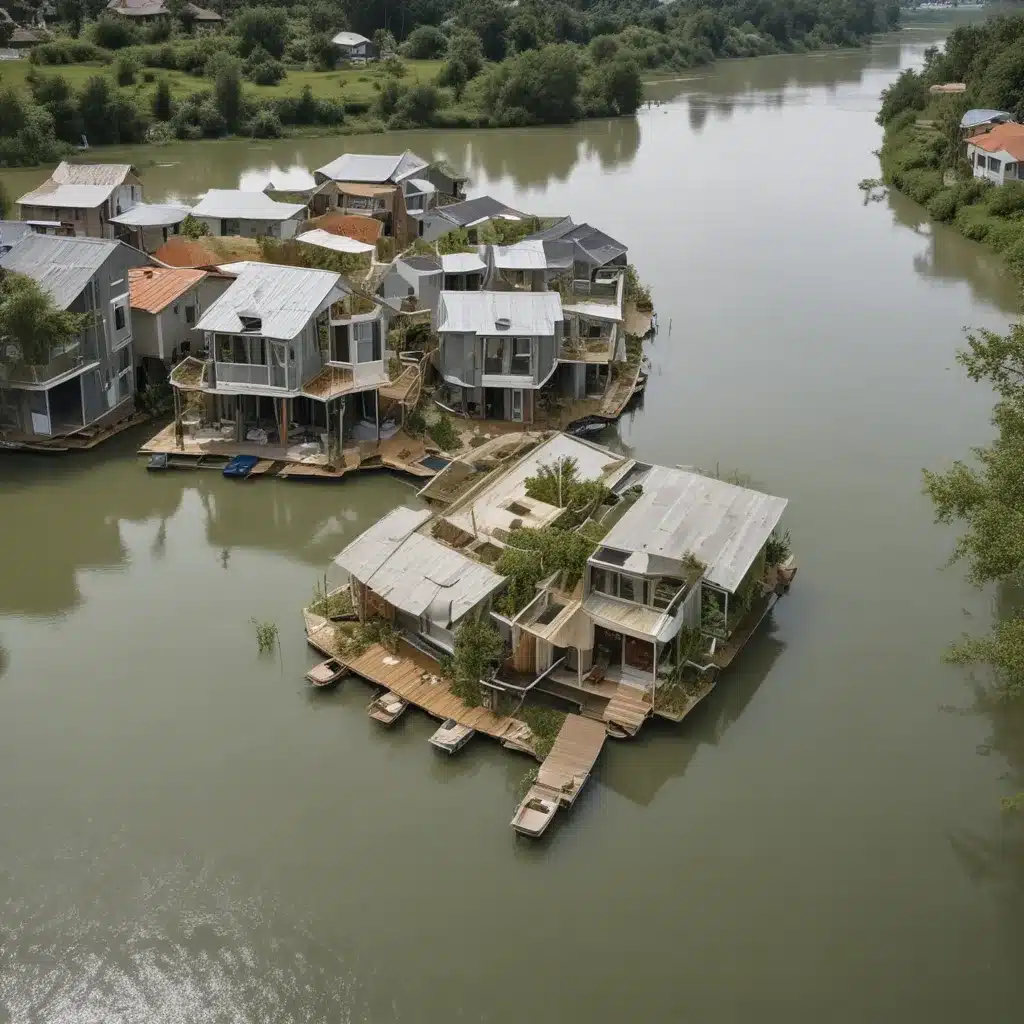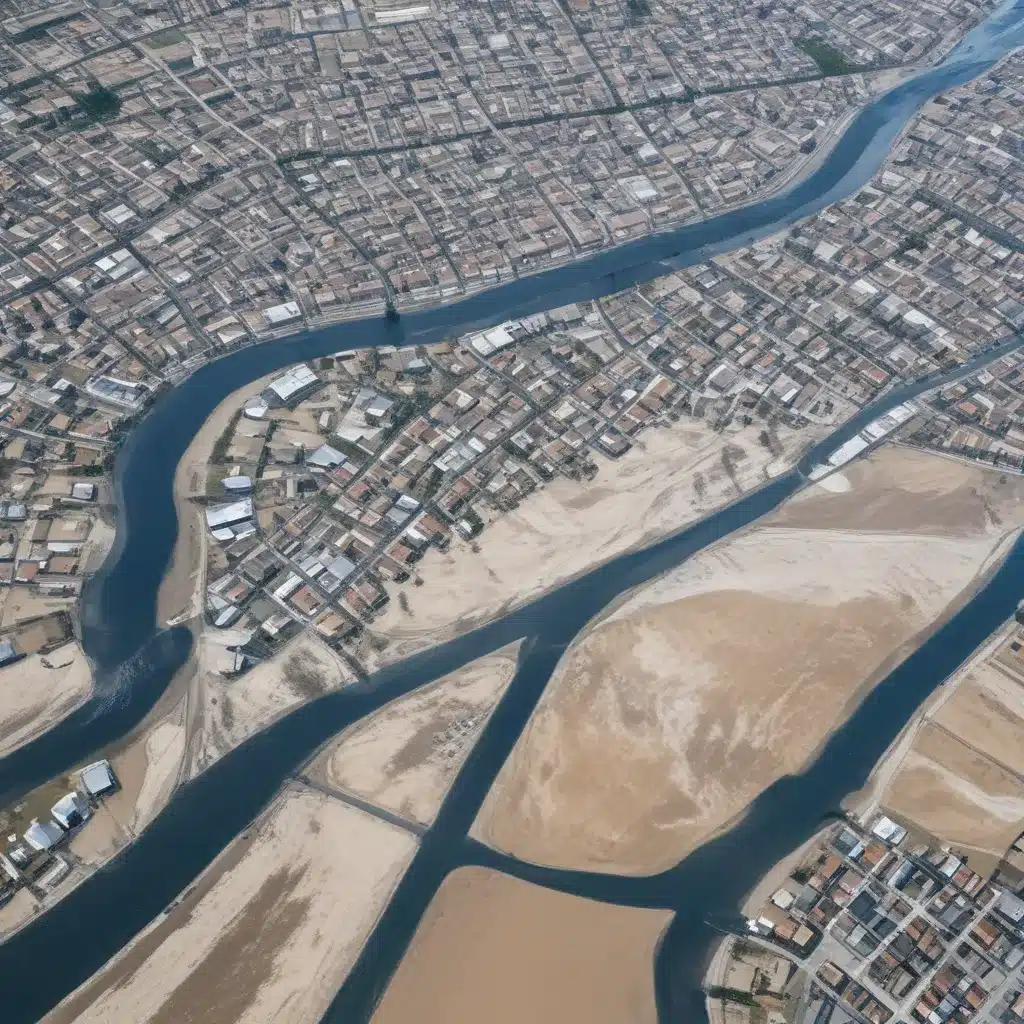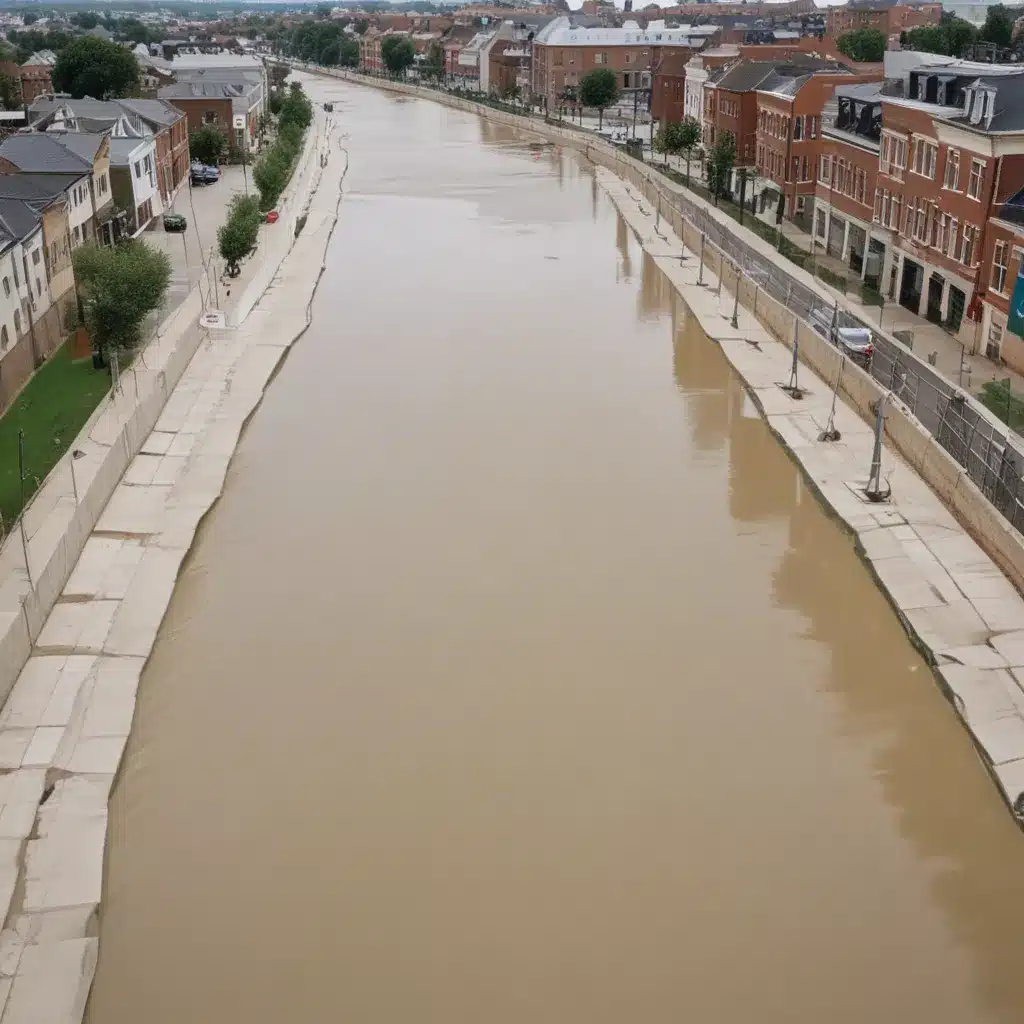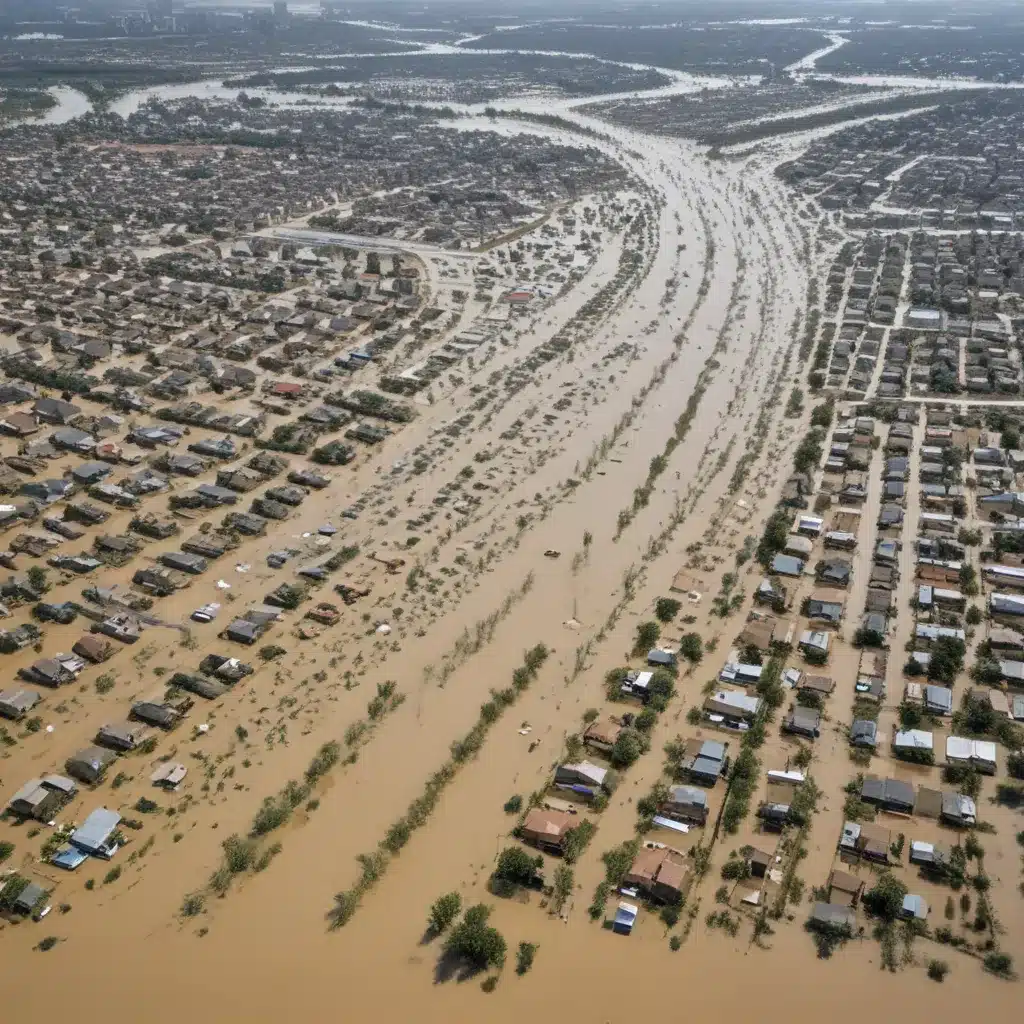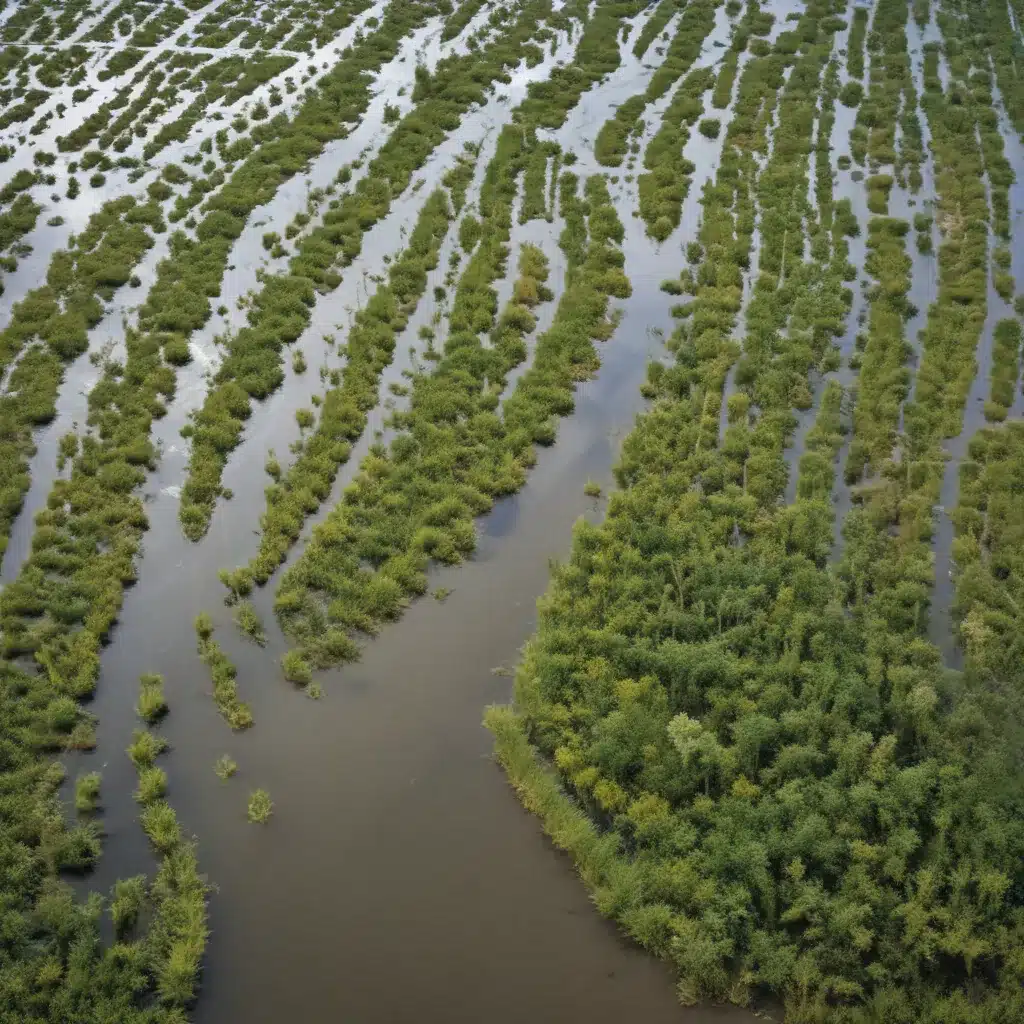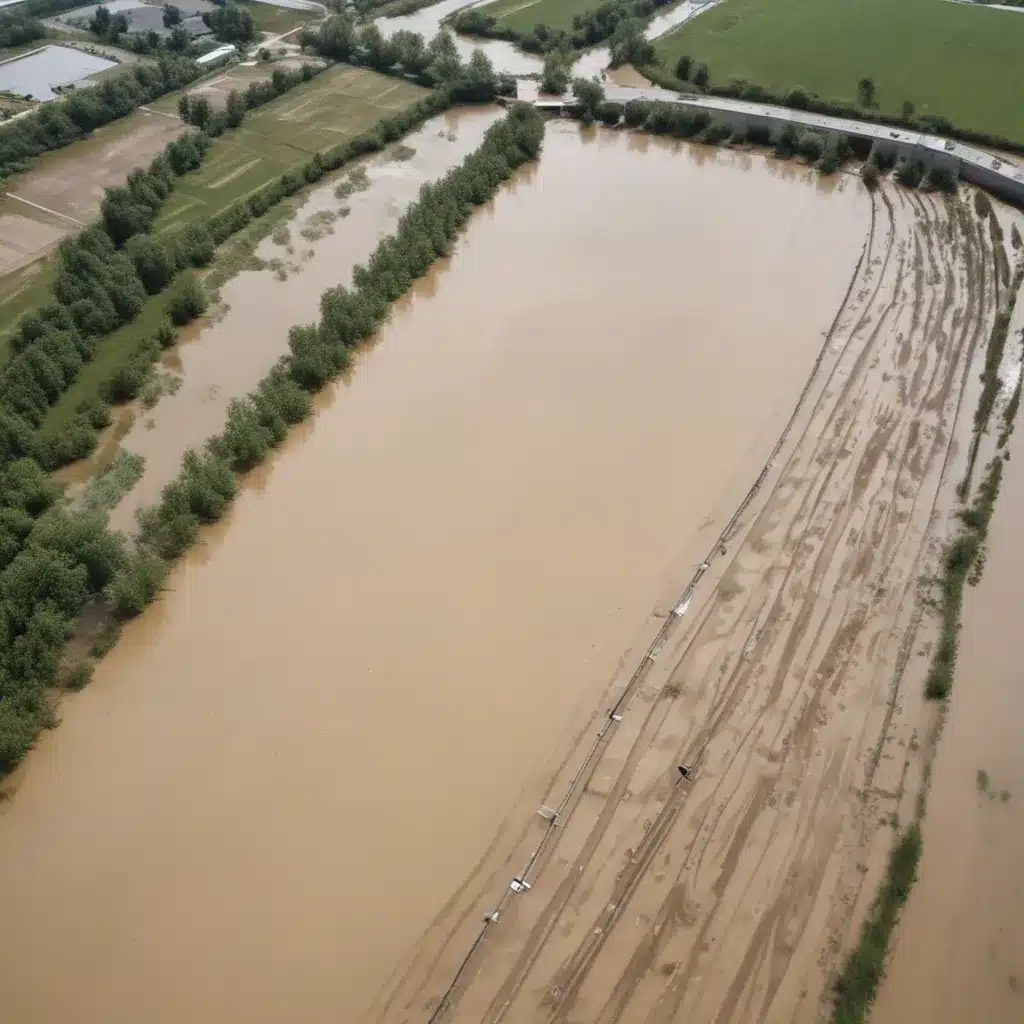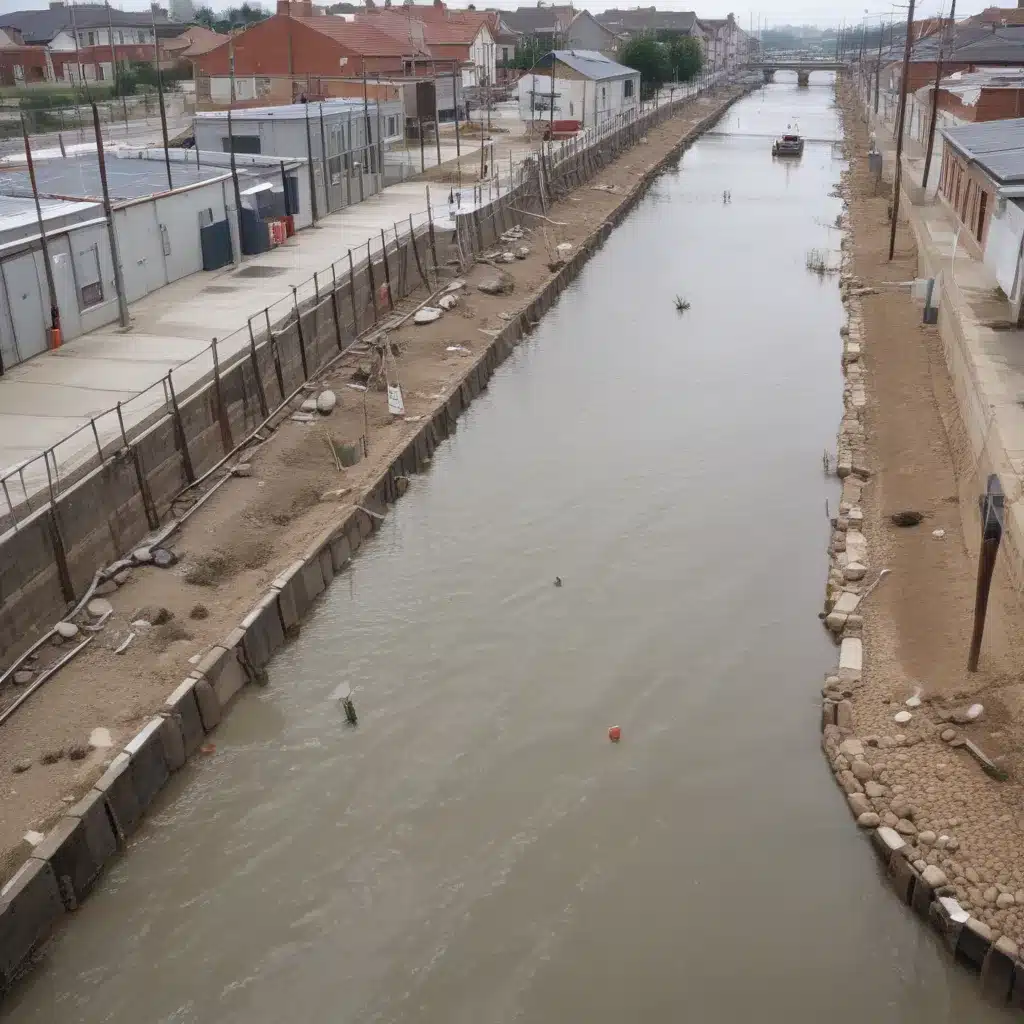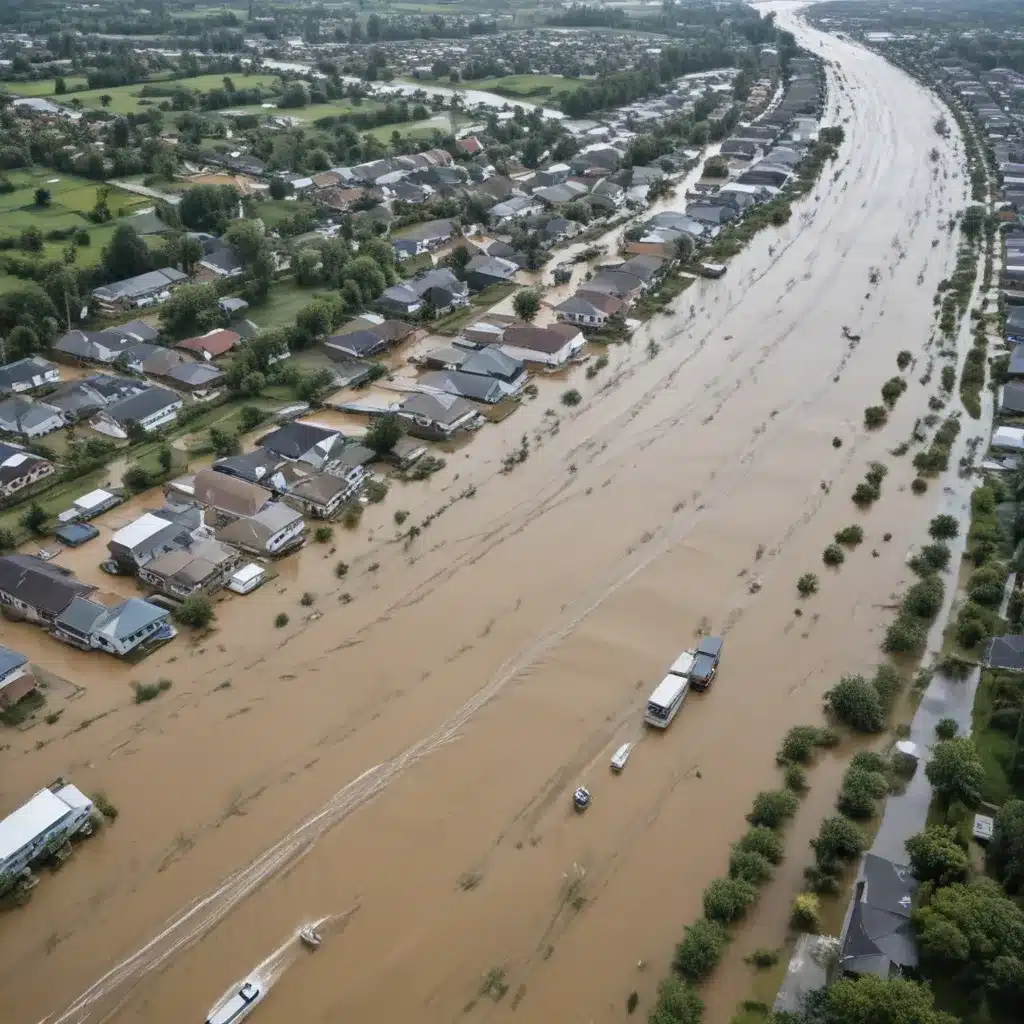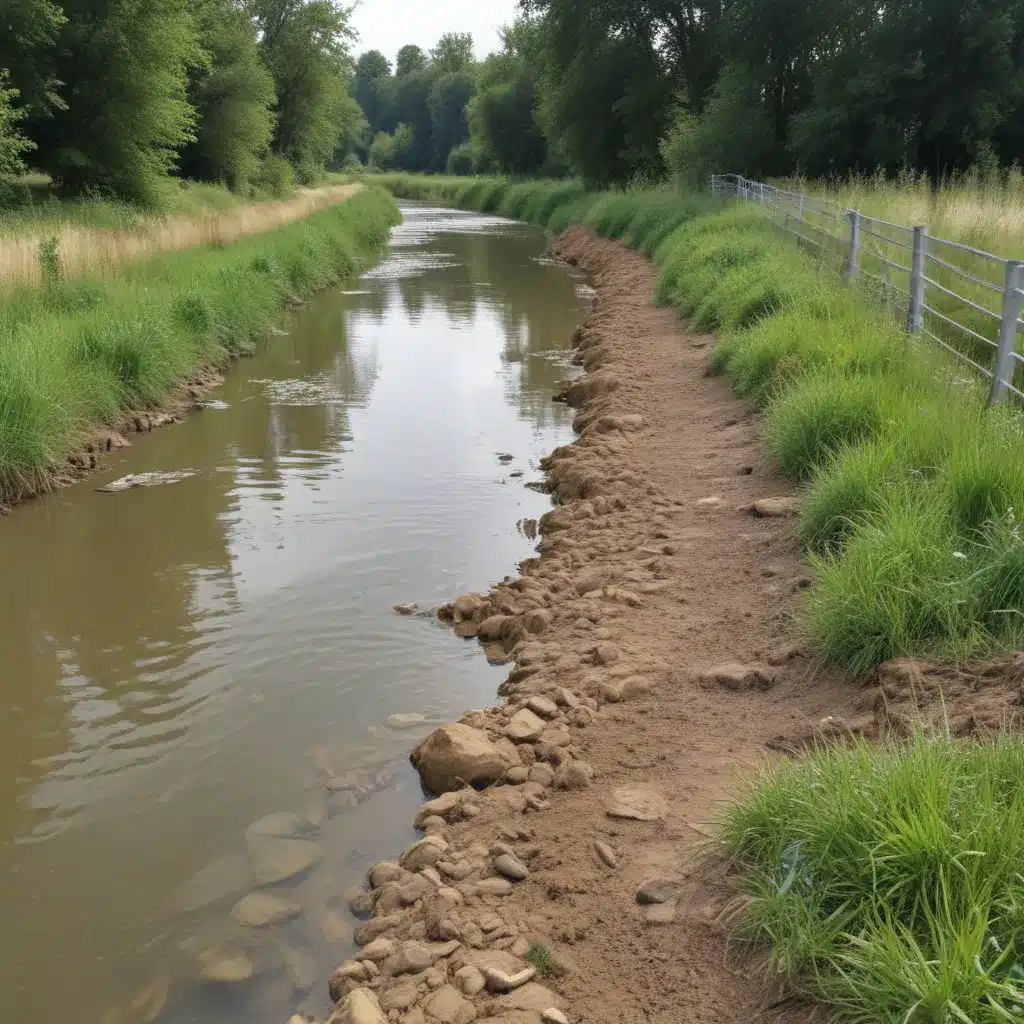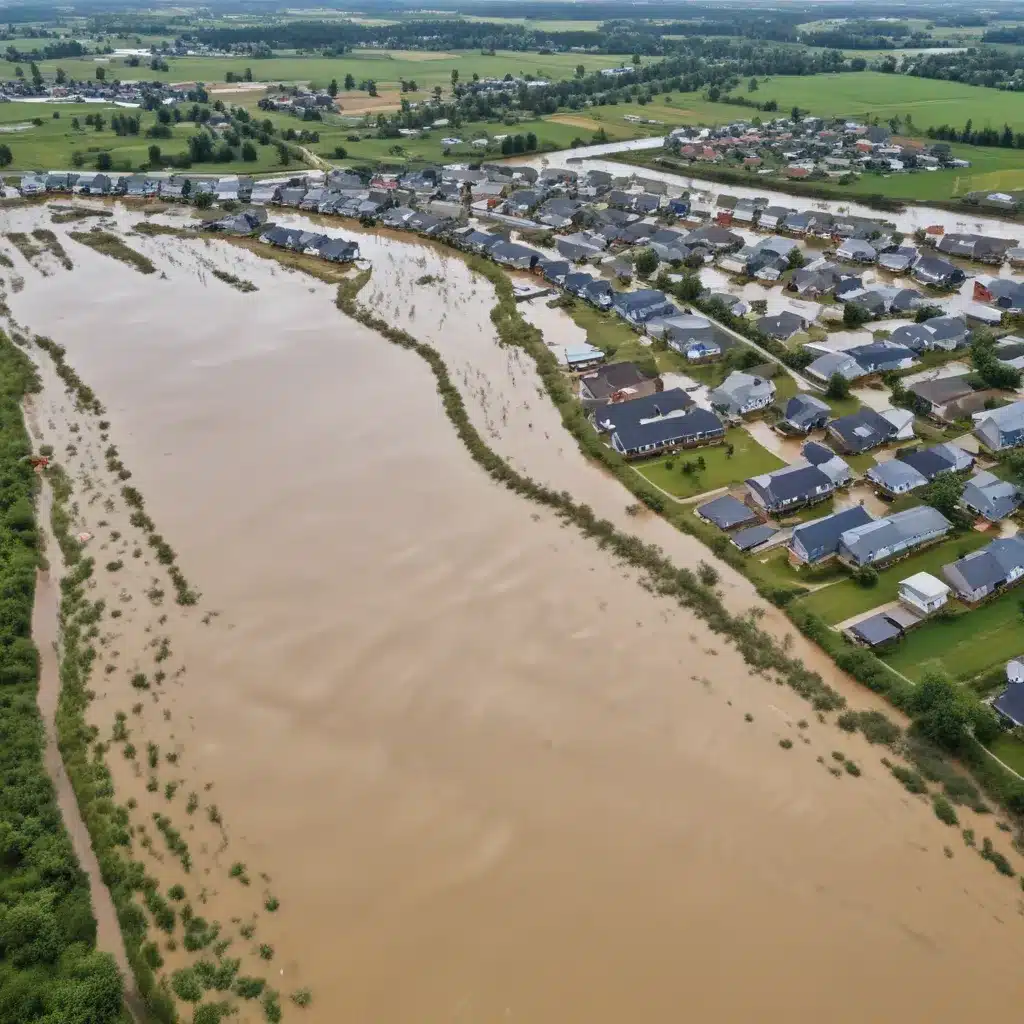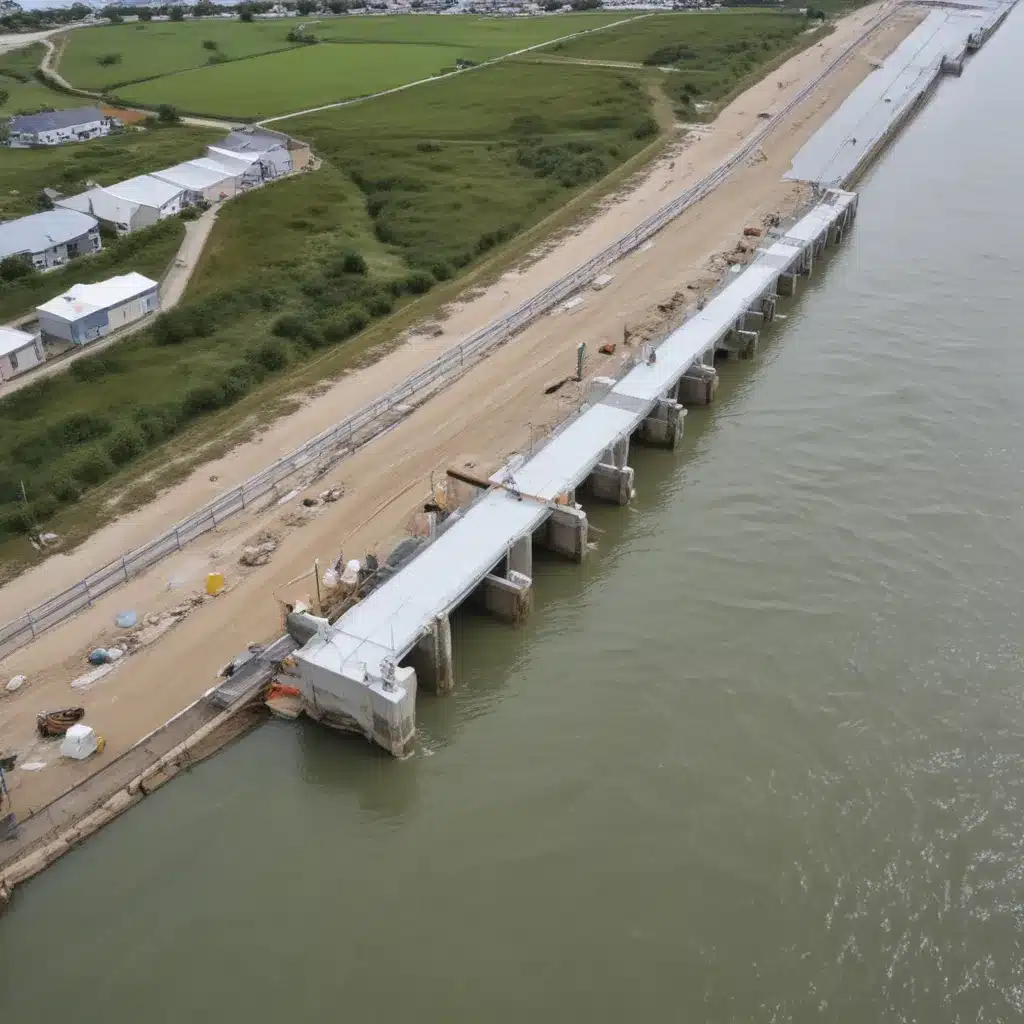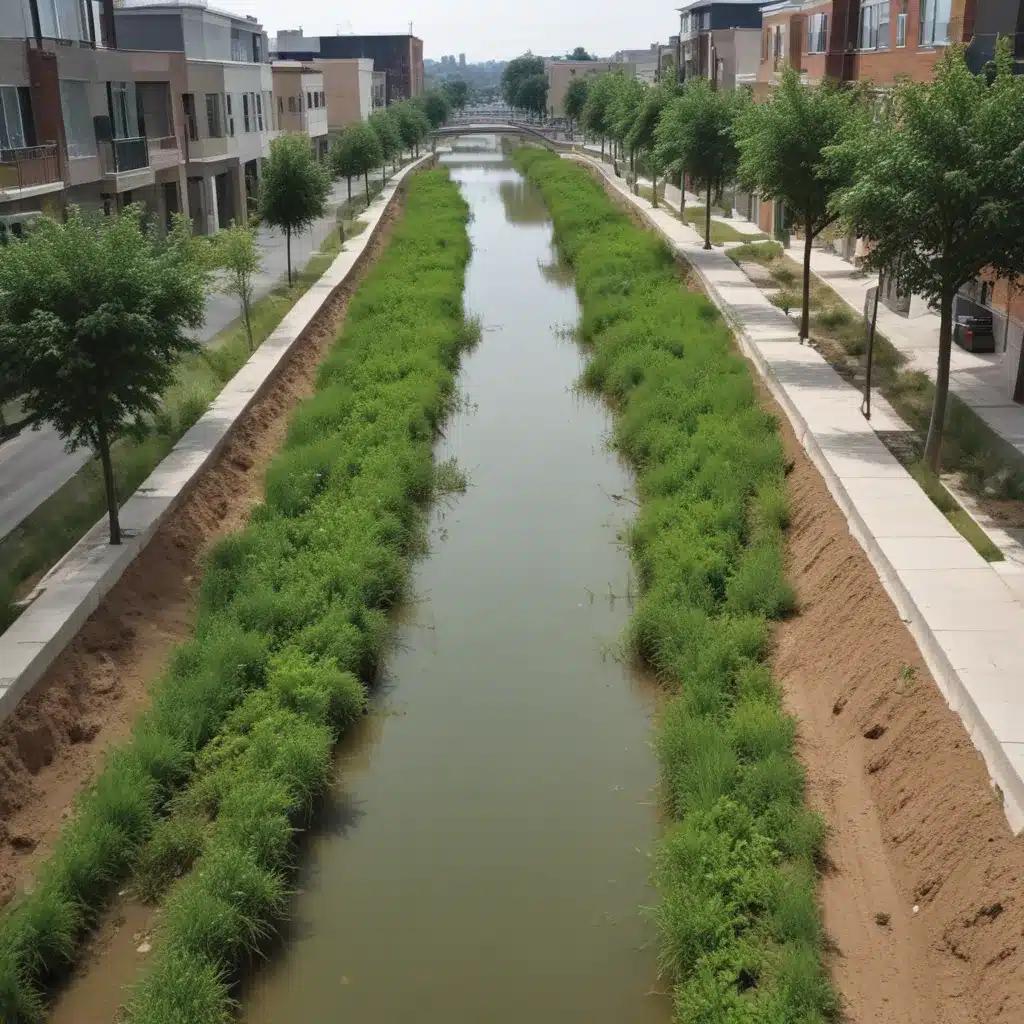
As a seasoned flood control specialist, I’ve witnessed firsthand how traditional “gray” infrastructure — the concrete pipes, storm drains, and levees that have long been the backbone of urban flood management — is struggling to keep up with the realities of the 21st century. We learned this the hard way… Extreme weather events driven by climate change, coupled with aging and overburdened stormwater systems, have left many cities increasingly vulnerable to the devastating impacts of flooding.
Now, this might seem counterintuitive…
Fortunately, a growing number of forward-thinking communities are turning to green infrastructure as a more sustainable and holistic approach to urban flood control. By harnessing the power of nature-based solutions, green infrastructure tackles the root causes of flooding while delivering a wide range of additional environmental, economic, and social benefits.
Rethinking Stormwater Management
At the heart of green infrastructure lies a fundamental shift in how we manage stormwater runoff. Rather than quickly funneling rainfall into drains and pipes, green infrastructure aims to capture, slow, and infiltrate water where it falls. This is achieved through a diverse toolkit of techniques, including permeable pavements, bioswales, rain gardens, and urban forests.
These nature-based solutions work by increasing the permeability of urban landscapes, allowing more water to soak into the ground rather than rushing into storm sewers. When rainwater is allowed to infiltrate, it recharges underground aquifers, reduces the strain on aging drainage infrastructure, and prevents pollutants from being washed into nearby waterways.
Permeable pavements, for example, are specially designed to allow water to pass through, rather than pooling on the surface and overwhelming storm drains. By replacing traditional asphalt or concrete with porous materials, these surfaces can reduce runoff by up to 80% while also filtering out contaminants. Likewise, bioswales — shallow, vegetated channels that slow and filter stormwater — can capture up to 90% of suspended solids and 80% of trace metals, oil, and grease.
But green infrastructure goes beyond just managing the quantity of stormwater. It also addresses the critical issue of water quality. As rainfall flows over impervious surfaces, it picks up a cocktail of pollutants — from road salt and heavy metals to pesticides and pathogens. By incorporating natural features like soil, plants, and microorganisms, green infrastructure can effectively remove these contaminants before the water reaches our rivers, lakes, and oceans.
Boosting Resilience to Flooding
As climate change brings more frequent and intense precipitation events, the ability of green infrastructure to reduce flood risks has become increasingly valuable. By slowing the flow of stormwater and allowing it to gradually infiltrate, these nature-based solutions can help prevent the kind of sudden, localized flooding that has become all too common in many urban areas.
In fact, studies have shown that strategic deployment of green infrastructure can reduce the size of 100-year floodplains by as much as 45%. This not only protects homes and businesses from inundation but also alleviates the strain on overburdened sewer systems, reducing the frequency and severity of combined sewer overflows that pollute waterways.
Perhaps most impressively, green infrastructure can deliver these flood mitigation benefits at a fraction of the cost of traditional gray infrastructure. Philadelphia, for example, found that its green stormwater infrastructure plan would cost $2.4 billion over 25 years — less than a quarter of the $9.6 billion price tag for a conventional gray infrastructure approach.
Multifunctional Benefits
While flood control is a primary driver for investing in green infrastructure, these nature-based solutions offer a wealth of ancillary benefits that make them a smart long-term investment for communities.
Improved air quality: The vegetation used in green infrastructure, such as trees and rain gardens, can absorb pollutants like carbon dioxide, ozone, and particulate matter, helping to mitigate the urban heat island effect and improve respiratory health.
Increased property values: Studies have shown that proximity to green infrastructure can boost property values by as much as 20%, generating additional tax revenue for local governments.
Enhanced livability: Green spaces like parks, urban forests, and green roofs not only beautify neighborhoods but also provide recreational opportunities, reduce stress, and promote physical activity — all of which contribute to improved public health and community well-being.
Habitat creation: By incorporating native plant species, green infrastructure can create valuable habitat for pollinators, birds, and other urban wildlife, supporting local biodiversity.
Water conservation: Techniques like rainwater harvesting and the use of drought-tolerant landscaping can reduce demand on municipal water supplies, which is increasingly important as climate change exacerbates water scarcity in many regions.
Overcoming Barriers to Implementation
Despite the clear advantages of green infrastructure, there are still some barriers to widespread adoption. Many local governments and developers are simply more familiar with traditional gray infrastructure approaches, and may be hesitant to embrace the perceived risks or uncertainties of nature-based solutions.
Outdated regulations and policies can also hinder the implementation of green infrastructure. Zoning codes, for example, may prioritize impervious surfaces over permeable alternatives, while building codes may not account for the added benefits of green roofs or rain gardens.
To address these challenges, we need to see a concerted effort to update policies and regulations at the national, state, and local levels. This includes strengthening stormwater management standards, providing incentives for green infrastructure adoption, and ensuring that the true value of these nature-based solutions is properly accounted for in cost-benefit analyses.
At the same time, education and outreach will be crucial in convincing both policymakers and the public of the merits of green infrastructure. By showcasing successful case studies, quantifying the multiple benefits, and highlighting the cost savings, we can help overcome the inertia of traditional approaches and accelerate the transition to a more sustainable and resilient model of urban flood control.
Conclusion
As the impacts of climate change continue to intensify, the need for comprehensive, forward-thinking flood control strategies has never been more urgent. Green infrastructure offers a powerful and versatile solution, one that not only safeguards our communities against the rising tide of stormwater but also delivers a host of co-benefits that improve our overall quality of life.
By embracing these nature-based approaches, we can build urban landscapes that are more permeable, more biodiverse, and more resilient in the face of extreme weather events. It’s a shift that will require bold leadership, innovative policies, and public-private collaboration — but the rewards, in terms of reduced flood risks, cleaner water, and healthier communities, are well worth the effort.
So as we look to the future of flood control, let’s turn our focus to the green infrastructure solutions that can help our cities not just survive, but thrive, in the face of a changing climate. The time to act is now, and the benefits will be felt for generations to come.
Example: Manchester Advanced Flood Control Project 2024

